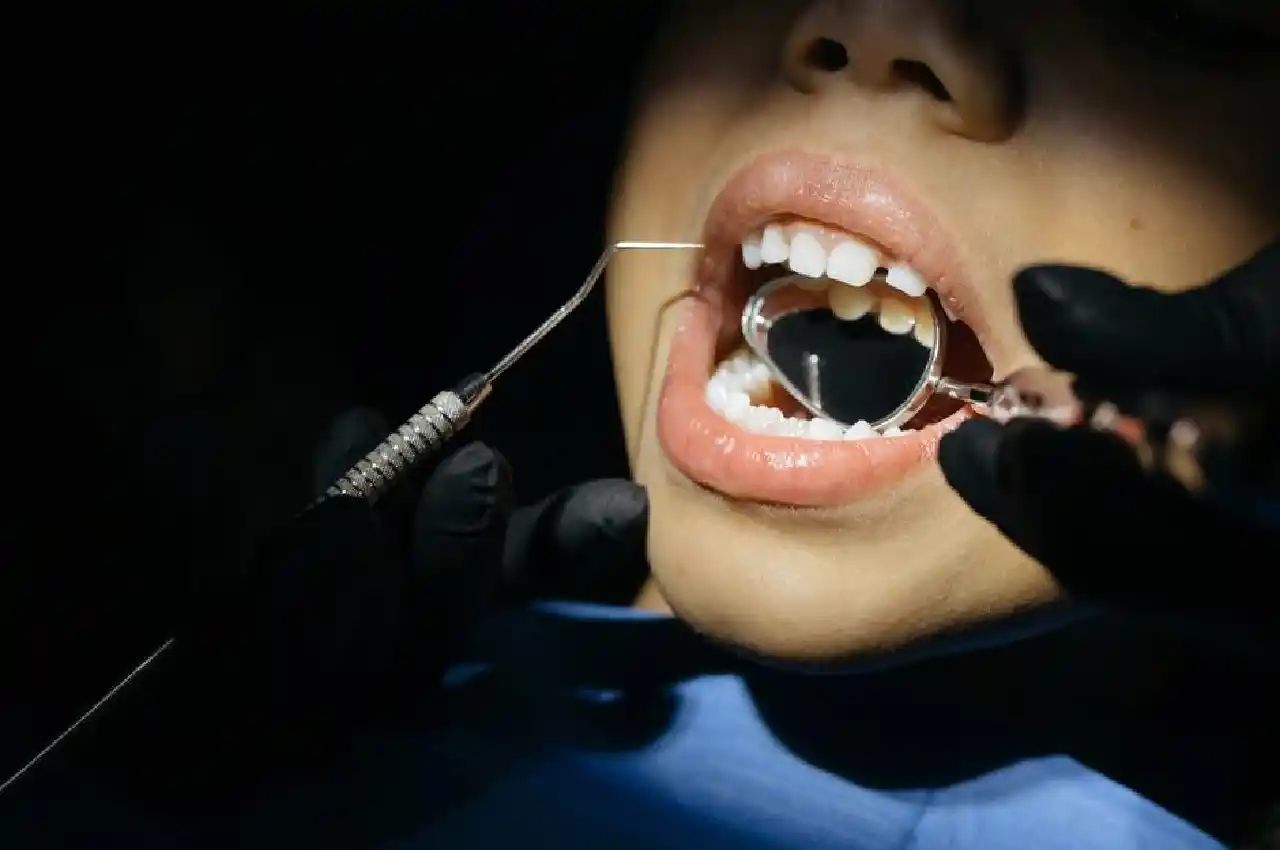HEALTH
Understanding the Benefits and Risks of Pediatric Dental Sedation

Are you finding the thought of your child’s upcoming dental appointment nerve-racking? It’s one of the most parental concerns, especially when the visit could involve procedures beyond the routine checkup. But what if there was a way to make these appointments stress-free for both you and your little one?
Enter the world of pediatric dental sedation, a safe and effective solution to calm those tiny runaway nerves. By the end of this post, you’ll be armed with knowledge and confidence, guaranteeing your child’s next dental visit is as smooth as their pearly white smiles. Keep reading!
The Case for Comfort: Benefits of Pediatric Dental Sedation
Pediatric dental sedation is used to make sure that your child is calm and comfortable while they are getting dental work done. These are the main benefits:
Reducing Anxiety and Fear
The sights, sounds, and feelings of a dentist visit can cause dental anxiety for kids, especially very young ones. These scary feelings are lessened by sedation, which makes the process go as smoothly and without stress as possible.
Enhancing Cooperation
Kids who cooperate with dentists can get the work done faster, which means the kids spend less time in the dental chair. Less time in the chair means less time for problems or pain that could happen.
Enabling Complex Procedures
For very long dental procedures like root canals or tooth extractions, sedation can be very helpful so the dentist can work without the child moving, being anxious, or being uncomfortable. This can be used by a sedation dentist in San Antonio or anywhere else to do the procedure well.
Pediatric Dental Sedation: Navigating the Road of Risk
While the benefits of sedation in pediatric dentistry are substantial, there are anesthesia risks involved. The most serious of these include:
Over-sedation
There is always a small chance of giving too much of a sedative, which can cause problems like slow breathing or even cardiac arrest. To lower this risk, dentists need to be very skilled at sedating children and keep a close eye on their vital signs.
Allergic Reactions
Some kids are allergic to the drugs used for anesthesia. Because of this, it’s very important to talk to the dentist in detail about your child’s medical history.
Post-Operative Nausea and Vomiting
Some children may experience these common side effects following the use of anesthesia. It is typically managed with medications and clear post-operative instructions for parents.
Beyond the Procedure: Safety and Preparedness
To make sure your child is safe during pediatric dental sedation, the dentist will do a full health assessment to find and deal with any risks. Dental professionals with a lot of experience will keep an eye on your vital signs and make sure you have access to emergency supplies and medicines when you need them.
After the sedation, your child will be watched until he or she is fully recovered, and you will be given a detailed post-operative plan with instructions and suggestions.
In Your Hands: Choosing the Right Professional for Pediatric Dental Sedation
As a parent, it’s your responsibility to ensure a safe and comfortable dental experience for your child. Find a dental practice with a good reputation, led by experienced and compassionate pediatric dentists. Look for a clear sedation policy and proven safety record.
Understanding the nuanced world of pediatric dental sedation is a crucial part of maintaining your child’s oral health. By approaching the topic with awareness and the right information, you can make an educated decision that supports your child’s comfort and well-being.
Did you like this guide? Great! Browse our website for more!
Having completed my education in English, I’ve cultivated a successful career as a content writer. My tenure includes valued collaborations with distinguished professional organizations, reflecting my commitment to producing high-quality content.
Contact me on this mail: [email protected]










